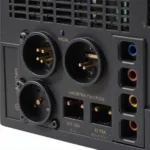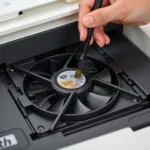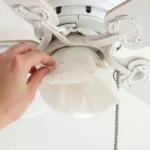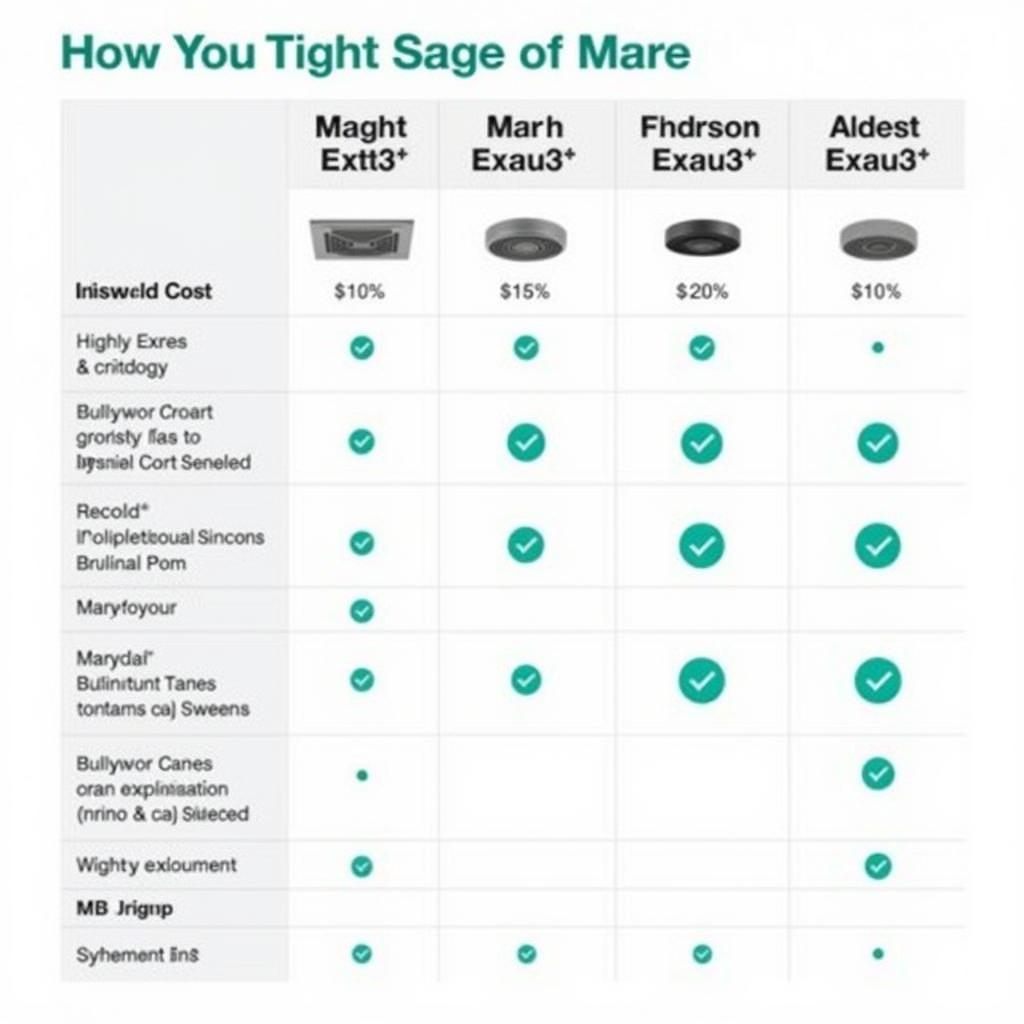Industrial Kitchen Exhaust Fans are essential for any commercial kitchen, playing a vital role in removing smoke, grease, and odors from the cooking process. They not only ensure a safe and comfortable environment for staff and patrons but also comply with health and safety regulations. In this comprehensive guide, we’ll delve into the world of industrial kitchen exhaust fans, exploring their types, features, benefits, and factors to consider when choosing the right one for your kitchen.
Understanding the Importance of Industrial Kitchen Exhaust Fans
The primary function of an industrial kitchen exhaust fan is to effectively remove airborne pollutants from the cooking area. These pollutants include grease, smoke, steam, and odors, which can pose significant risks if left unchecked. Here’s a breakdown of their key benefits:
- Safety: Grease accumulation within a kitchen can easily ignite, creating a fire hazard. Industrial exhaust fans effectively vent out grease and smoke, reducing the risk of fire and ensuring a safer environment for staff and customers.
- Air Quality: Cooking produces a significant amount of airborne contaminants, affecting the air quality within a kitchen. Exhaust fans remove these pollutants, creating a healthier and more comfortable environment.
- Compliance: Many jurisdictions have strict regulations regarding air quality and fire safety in commercial kitchens. Installing an efficient exhaust fan system ensures compliance and avoids penalties.
- Employee Health: Prolonged exposure to smoke, grease, and odors can negatively impact employee health. Exhaust fans create a cleaner and healthier working environment, promoting employee well-being.
- Customer Comfort: A well-ventilated kitchen provides a more comfortable and enjoyable dining experience for customers, enhancing their overall satisfaction.
Types of Industrial Kitchen Exhaust Fans
Industrial kitchen exhaust fans come in various designs and types, each catering to specific needs and kitchen layouts. Here are some common types:
1. Inline Exhaust Fans:
- Description: Inline exhaust fans are typically housed within a duct system, designed for high-volume air movement. They are often used in large commercial kitchens with extensive ductwork.
- Advantages: Efficient air movement, compact design, easy installation within duct systems.
- Disadvantages: Requires more space for ductwork, potential noise levels depending on the model.
2. Roof-Mounted Exhaust Fans:
- Description: Roof-mounted exhaust fans are placed directly on the roof of a building, providing a convenient and direct route for air expulsion.
- Advantages: Easy access for maintenance and repairs, efficient for expelling hot air and moisture.
- Disadvantages: Requires structural support and can be noisy depending on the model.
3. Wall-Mounted Exhaust Fans:
- Description: Wall-mounted exhaust fans are installed on a wall, typically near the cooking area. They are a cost-effective option for smaller kitchens.
- Advantages: Easy installation, affordable compared to other options.
- Disadvantages: Limited air flow capacity compared to other types, potential for noise pollution.
Choosing the Right Industrial Kitchen Exhaust Fan
Selecting the right industrial kitchen exhaust fan requires careful consideration of several factors:
- Kitchen Size and Layout: The size and configuration of your kitchen will determine the required air flow capacity and the optimal fan placement.
- Cooking Equipment: The type and quantity of cooking equipment, including stoves, ovens, and grills, will influence the amount of smoke, grease, and heat generated.
- Ventilation Requirements: Local regulations and industry standards will dictate the minimum ventilation requirements for your kitchen.
- Budget: Exhaust fans come in a wide range of prices, so setting a realistic budget is crucial.
- Noise Levels: The noise generated by exhaust fans can be a concern, especially in areas with close proximity to dining areas.
- Maintenance and Energy Efficiency: Choosing a fan with easy access for maintenance and energy-efficient features will save you time and money in the long run.
Installation and Maintenance of Industrial Kitchen Exhaust Fans
Proper installation and regular maintenance are essential to ensure the optimal performance and longevity of your industrial kitchen exhaust fan system. Here are some key considerations:
- Professional Installation: Always engage a qualified and experienced HVAC technician for the installation process. This ensures proper sizing, positioning, and connection to the ductwork system.
- Regular Cleaning: Grease buildup within the fan and ductwork system can significantly impact performance and pose a fire hazard. Schedule regular cleaning by a certified professional.
- Filter Replacement: Most exhaust fans utilize filters to trap grease and other pollutants. Replace filters as needed to maintain optimal performance.
- Motor Lubrication: Check and lubricate the motor as per manufacturer recommendations to prevent wear and tear.
- Inspection and Repair: Conduct regular inspections for any signs of damage, malfunction, or noise. Address any issues promptly to avoid more significant problems later on.
FAQs
Q1: What are some common industrial kitchen exhaust fan brands?
A: Some popular brands include fan house shop com, inlet mounted fan, and exhaust fan system.
Q2: How do I determine the right size for my kitchen exhaust fan?
A: A qualified HVAC technician can help determine the right size based on your kitchen’s volume, the number of cooking appliances, and local regulations.
Q3: How often should I clean my industrial kitchen exhaust fan?
A: It’s recommended to have your kitchen exhaust fan cleaned professionally every 3-6 months, depending on usage and the amount of grease generated.
Q4: How do I know if my industrial kitchen exhaust fan is working properly?
A: You can check for signs of grease buildup, unusual noise, and reduced air flow. A professional inspection can help identify any issues.
Q5: What are some common issues with industrial kitchen exhaust fans?
A: Common issues include motor failure, filter clogging, ductwork leakage, and noise problems.
Conclusion
Investing in a high-quality industrial kitchen exhaust fan is crucial for ensuring a safe, healthy, and efficient commercial kitchen environment. Understanding the various types, factors to consider, and proper maintenance practices will guide you in choosing the right fan for your needs. If you have further questions or require professional assistance, fresh air fan images or contact us.





